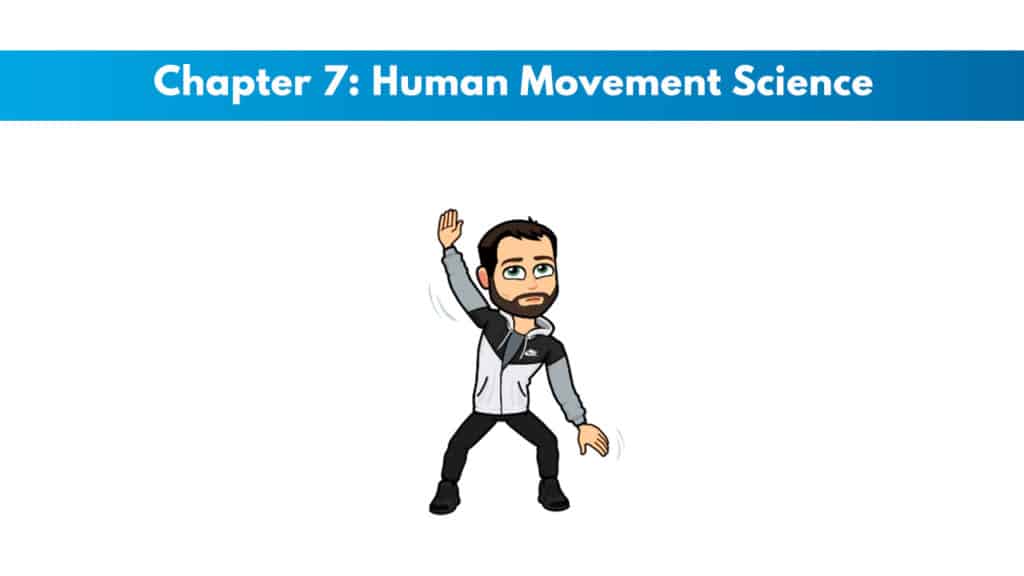
If you have not signed up for NASM CPT, sign up here to save 25% with my personal code PTP25.
Get your copy of the NASM CPT exam cheat sheet. It helps immensely for studying for the exam.
My PTP students report cutting their NASM study time and effort in half with Trainer Academy.
Benefit from the Exam Pass Guarantee and Retake Fee Guarantee. Plus, take advantage of my current discount code PTPJULY for 35% off the MVP Program (Ends July 21st, 2025).
Try it out for free here to see if it’s right for you, or read my detailed review for further insights.
Chapter Goals:
- Give a summary of the scientific terminology that governs exercise and movement.
- Be able to identify the key biochemical concepts that define how the neuromuscular system works.
- Describe motor behavior and how the neuromuscular system changes based on the environment.
Introduction to Human Movement Science
The movement represents the integrated working of the three main systems of the human body that we discussed in the former chapter: the nervous, skeletal, and muscular systems.
Together we call these three components the human movement system.
We also break things down into the kinetic chain, which will break down the physical parts of the body where movement happens.
The entire link will be compromised when one part of the kinetic chain fails.
The idea of one part being compromised and how they are hurt is actually referred to as the regional interdependence model.
Biomechanics
This is the study of the mechanical laws and principles that relate to movement. Biomechanics uses the principles of physics to study the movements at the joints, especially when it comes to sports and exercise.
Exclusive PTP CPT Offers |
||
|---|---|---|
Most Popular Cert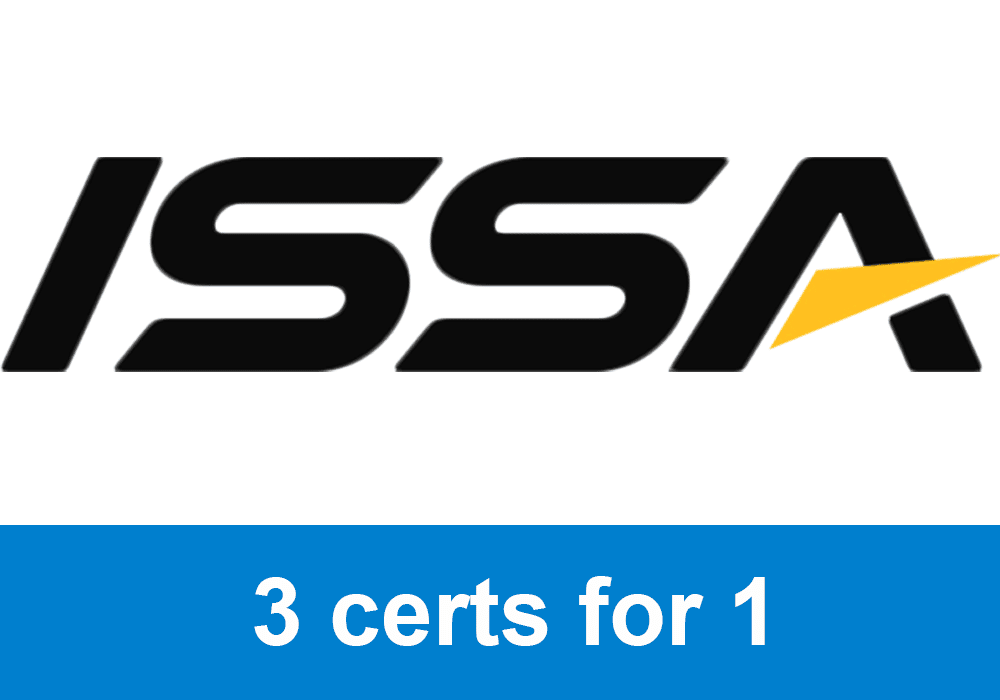 | Best Online NCCA Cert | Best Study Materials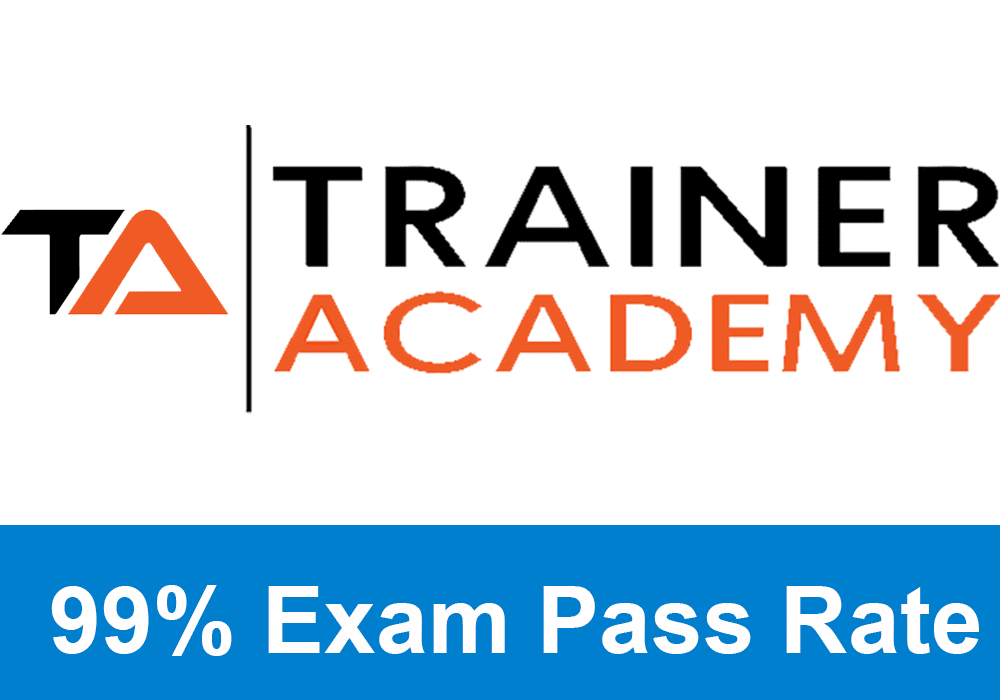 |
Gold Standard Cert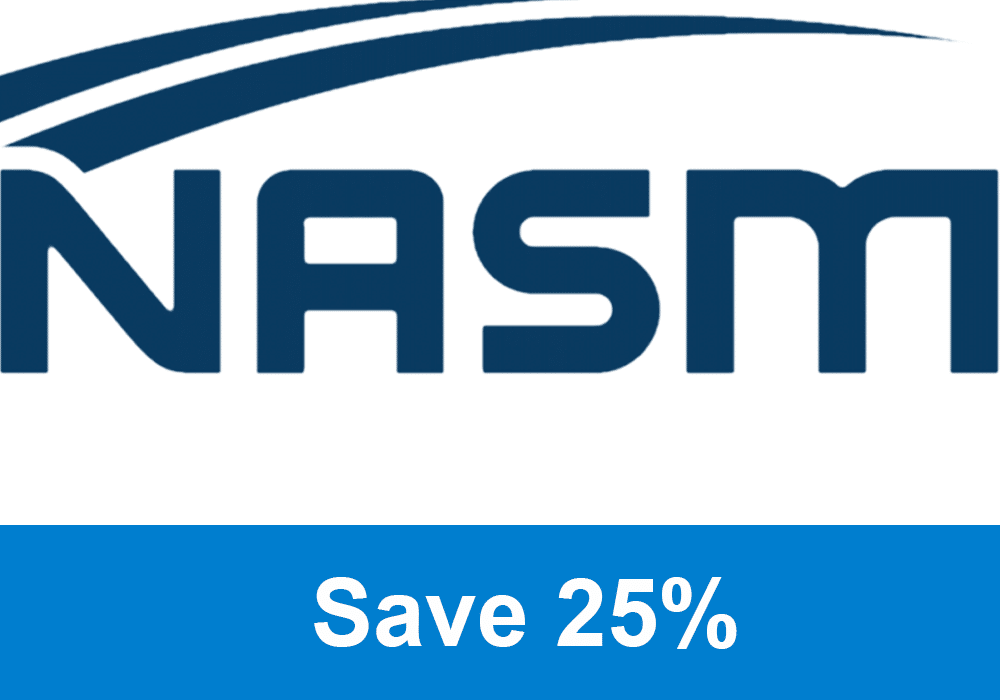 | A Good Option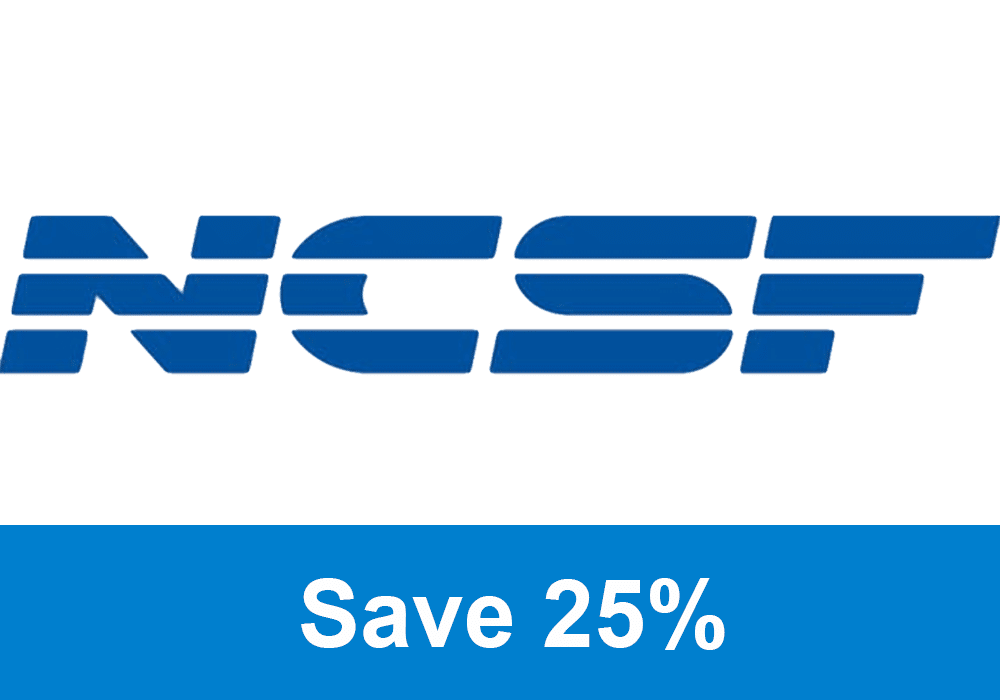 | Best CPT for you?  |
Kinesiology is another discipline to be informed on. This studies movement and throws in a little more focus on human anatomy and physiology.
Biomechanical Terminology
Anatomical position is essential to understand when trainers discuss movements and exercise in general. This is the position where the body is standing, the arms are hanging down to the sides and the palms will face forward.
It is important to know these anatomical location descriptors: medial, lateral, contralateral, ipsilateral, anterior, posterior, proximal, distal, inferior, and superior. These are used to describe where things are on the body.
It is also essential to know the planes of motion, axes, and joint motions. This is a large topic.
We have three planes of motion: the sagittal, frontal, and transverse planes.
For the sagittal plane, you should imagine a line that bisects the body and breaks it down into right and left sides. Movements occur around the medial-lateral axis.
The frontal plane has a line that bisects the body and makes both front and back halves. The axis that motion happens in is the anterior-posterior axis.
The transverse plane has a line that bisects the body and makes both the upper and lower halves. Motion occurs along the vertical axis, also known as the longitudinal axis.
It is important to differentiate and be well informed on the scapular motion. The shoulder complex is vital to understand. We have scapular retraction, protraction, depression, and elevation as the main movements in the scapula.
Muscle Actions
We have three main muscle actions, and one will be broken down into two more subdivisions.
Isotonic actions are ones where force is produced, muscle tension is developed, and movement occurs through a given range of motion. Isotonic muscle actions are subdivided into concentric and eccentric muscle actions.
Isometric actions create muscle tension without a change in muscle length and no visible joint movement.
Exclusive PTP CPT Offers |
||
|---|---|---|
Most Popular Cert | Best Online NCCA Cert | Best Study Materials |
Gold Standard Cert | A Good Option | Best CPT for you?  |
Isokinetic actions are ones where the speed of movement is fixed, and resistance varies with the force that is exerted.
We can break down isotonic actions into the movements of eccentric and concentric.
Eccentric movements will be when the muscle is lengthening but is still contracting. The force put out is not enough to overcome the resistance.
Concentric contractions are the movements where the muscle is shortening. The force put out is enough to overcome the resistance.
Functional Anatomy of Muscles
To understand human movement and design a good program of exercise, it is ideal that we view the muscles’ capacities to function in the planes of motion and through their whole muscle action spectrum.
Muscles as Movers
Agonist is the term used to describe the muscles that are the prime movers for the exercise or move in question. In a bicep curl, the biceps are the main mover. Thus, they are the agonist.
Synergist muscles will be the muscles that help the agonist function. They assist the prime movers but are not intended to be the prime mover.
A stabilizer is a term given to the muscles that are used to support and stabilize the joints of the body that are involved in some way in the movement so that the synergists and the agonists can move through their whole muscle action spectrum.
An antagonist is a term used to discuss the muscles that oppose the prime movers and must lengthen them not to stop the movement from occurring.
Open and Closed Chain Movements
Closed chain movements are where the body stays in contact with some stationary surface. These closed chain movements require the movement of many joints in a predictable style with the contractions of multiple muscle groups. Examples include exercises like push-ups, pull-ups, squats, or lunges.
Open chain movements are where the hands and feet are not fixed; they are freer to move around in space. These are usually not weight bearing moves. Some examples of these moves include exercises like bicep curls, lat pulldowns, or bench presses.
Muscular Force
Force is the interaction between two entities or bodies that results from an object’s acceleration or deceleration. These forces are characterized by their magnitude and direction.
A length-tension relationship refers to the association between the resting length of a muscle and the amount of internal tension it can produce at that resting length.
Stretch Shortening Cycle
This describes a loaded eccentric muscle action that prepares the muscles for rapid contraction. The force put out is going to be increased significantly.
Force-velocity Curve
This describes the inverse relationship between both force and velocity, and it is regarding the ability of the muscle to produce tension at different contraction speeds.
Muscular Systems of the Body
We break down the muscles of the body into the local muscular system and the global muscular system.
There are also subsystems to know the breakdowns for. It is important to refer to the charts throughout this portion of the chapter online to understand how these look.
Muscular Leverage and Arthrokinematics
We use Levers as a principle to describe how the muscles work and how some are better built to produce force.
We have class one, two, and three levers that make up the body’s muscles.
A first class lever will have a fulcrum in the middle. A second class lever is one where there is resistance in the middle with the fulcrum and effort on one of the sides. Third class levers are the ones where the effort is put between the resistance and the fulcrum.
A lot of the ideas of these levers will change and it is perhaps true that some people are better built for certain forces based on where their muscles attach and some other factors such as this.
Motor Behavior
Motor behavior is defined as the human movement system’s response to internal and external stimuli.
Motor control is the ability for us to initiate and correct purposeful movements. It involves the central nervous system’s mechanisms for assimilating and integrating sensory information with past experiences.
Motor learning uses these processes through practice and experience, leading to a relatively permanent change in someone’s ability to do the skilled movement.
Motor development is defined as the total changes in motor behavior throughout time and a life span.

 Have a question?
Have a question? 



Thank you so much!!!
no worries ava, I hope all went well with your nasm exam!